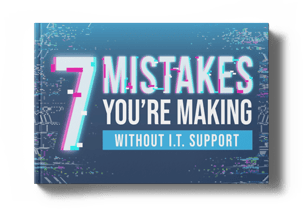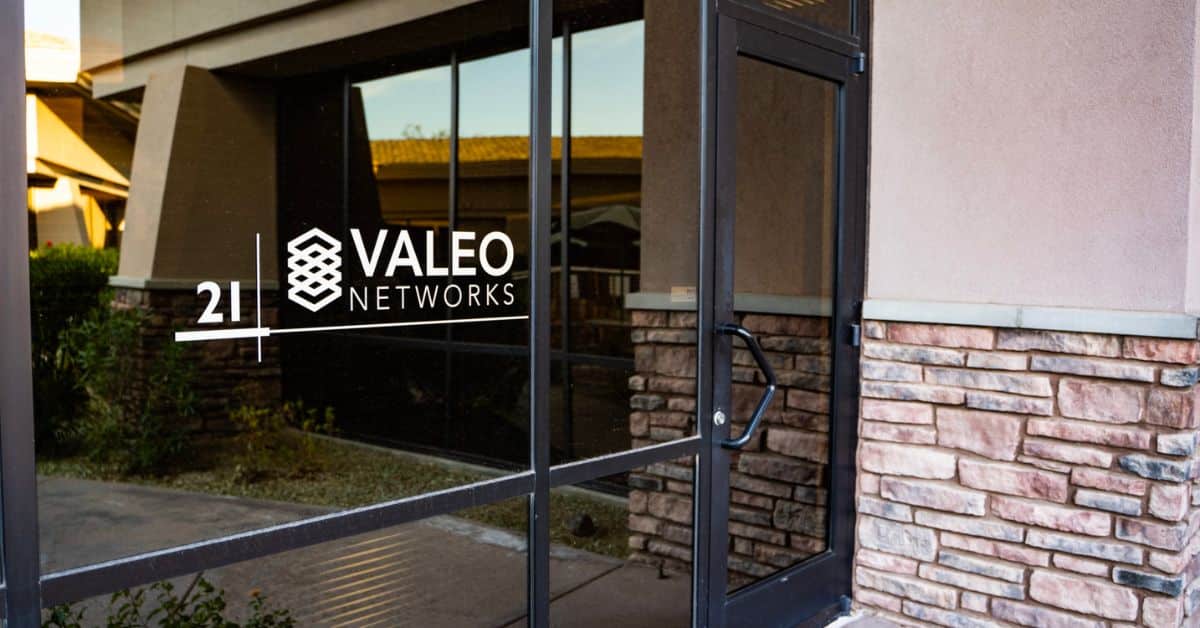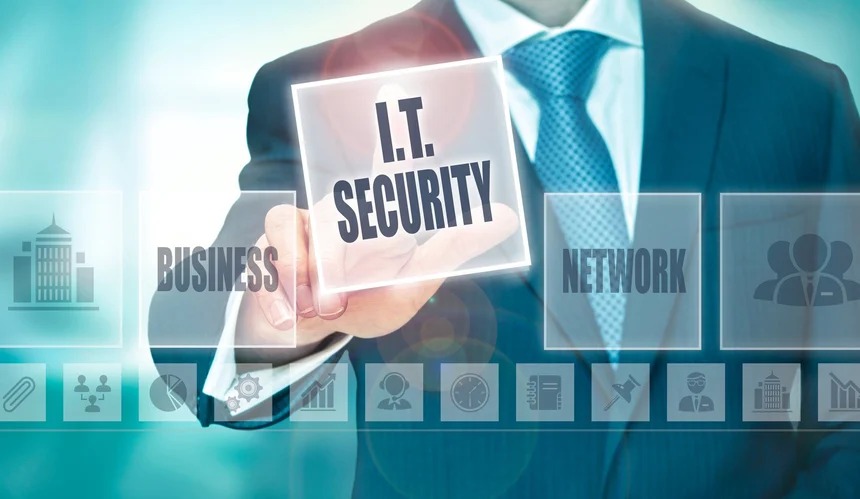The Dangers of Not Having a Managed Service Provider
According to a recent Health System Management Article (9/2016), ransomware incidents have increased 128% in the past year. And mobile malware has...
3 min read
Valeo Networks : Apr 9, 2020 4:00:00 AM
Today’s technology leaders operate on a multi-dimensional battlefield when it comes to managing cybersecurity and regulatory compliance for their company’s data and infrastructure. First, they must navigate a threat landscape of highly sophisticated cyberhackers. Secondly, they face a rapidly evolving regulatory environment that constantly dictates new technology tools to stem the tide of increasingly costly data breaches.
Such a multi-dimensional battlefield can be incredibly challenging to manage effectively. Smart IT executives and directors are leveraging Security and Information Management/Security Operations Center (SIEM/SOC) monitoring to meet ever-escalating compliance requirements while shielding their organizations against cyber breach. Here are four reasons your organization should consider SIEM/SOC monitoring through an experienced Managed Security Services Provider (MSSP).
According to the Ponemon Institute, most small to medium sized businesses (SMBs) take about six months to identify a cyber-breach. That’s a long time, and probably not a narrative your technology team wants to speak to when the C-Suite comes knocking. Using SIEM/SOC-as-a-Service monitoring is the “how” that keeps you on top of malicious activity. The right partner can implement SIEM logging in your environment and tie it to a Security Operations Center (SOC) for 24x7x365 monitoring and triage thousands of alerts. Validated security events can be then escalated to your MSSP for threat interdiction and remediation. Your team would have the peace of mind of knowing that unusual network activity at 3:00 a.m. will be identified and quickly shut down with your team’s guidance.
Smart technology mangers know that today’s mindset is more about when, not if, there will be a cyber-breach. Many compliance mandates now require your company to have SIEM controls in place or recommend this as a best practice. For example, the American Bar Association (ABA), National Institute of Standards and Technology (NIST) and the Financial Industry Regulatory Authority (FINRA) verticals require cybersecurity programs and monitoring to be in place. SIEM logging provides a huge component of this. Every event, login, access to files, nefarious traffic, etc. is logged and archived. For FINRA, this feels more like a best practice, however, for the ABA, it is a requirement. In the event of a breach at a law firm, the firm must be able to produce records indicating when the breach occurred, what client data was accessed (in violation of client confidentiality and the Model Rule), what data was ex-filled and where it went. This is not possible without SIEM logging in place.
If you are an enterprise, you may have an entire cybersecurity team for properly implementing tools like Splunk or AlientVault. There are many bells and whistles. The main problem is not whether you can turn on the proverbial firehose of SIEM alerts but whether your team has the skill and 24x7x365 capability of a qualified MSSP. Many InfoSec teams that try to do this on their own end up with alert fatigue or are unable to differentiate false positives from actual cyber-events. Be sure you can handle all of the assumptions of managing a do-it-yourself SIEM/SOC vs. outsourcing. After all, it’s up to your team to justify the expenditure and answer the questions about “how many cyber breaches did we stop?” and “when was our last attempted breach of customer data?”.
Keeping with the mindset of a “not if, but when” IT security posture, has your team done any table-top exercises and red team vs. blue team training events to push the envelope of incident management? This a great way to better understand responsibilities, find gaps or flaws in incident management procedures and policies and increase readiness to act. Should an actual event occur, very little information is typically available to act on other than a call from the FBI alerting you that they found your customer data. Having SIEM logging backed by a mature SOC service through a seasoned MSSP like Valeo Networks is one way to ensure your team notified when something nefarious is happening. Your team will need to know the ”who, what, when, where” of what is taking place. This allows you to make informed decisions on such issues as customer notification (based on regulatory compliance), exfil reporting, etc. Your IT organization cannot afford to fly blind and will be the team called on to get answers fast.
Leveraging a skilled partner with a 24x7x365 SOC that can analyze thousands of security alerts and escalate only true active threats to your IT thought leadership is not only smart management, it’s a smart investment. It will help your organization streamline several approaches to compliance and greatly enhanced cybersecurity. It’s just the relief an IT team needs in the battles they fight daily to stay compliant and secure. Contact Valeo Networks to get a free consultation.


According to a recent Health System Management Article (9/2016), ransomware incidents have increased 128% in the past year. And mobile malware has...

The cloud has brought many benefits to businesses since its inception. It supports basic storage, networking, processing power and gives you the...

Companies large and small increasingly turn to cloud platforms to run their business and store important information. Keeping this information safe...

With cutting-edge technology and quality customer service,
you’ll find everything you need to help your company soar
with Valeo Networks.
1006 Pathfinder Way
Rockledge, FL 32955
Business Hours:
M-F: 8AM-9PM
© 2024 Copyright Valeo Networks. All Rights Reserved.